8 common factors that can prevent dairy feed efficiency
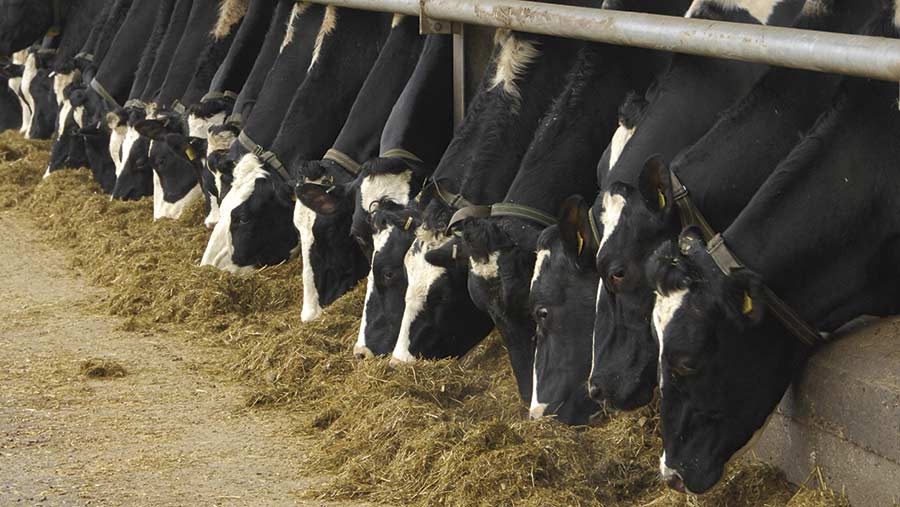 © John Eveson/FLPA/imageBROKER/REX/Shutterstock
© John Eveson/FLPA/imageBROKER/REX/Shutterstock Maximising feed efficiency can have a major bearing on cost of production. According to KW nutritionist Matt Witt, there are eight common areas of improvement.
With such great variation in feed costs, Mr Witt recommends farms address these pitfalls to lower overall cost of production. Some of the best producers have feed bills amounting to 10p/litre, while some spend almost double.
Some issues are very seasonal, such as heat stress and ration design, but some, like water and dry cow management, are often overlooked.
1. Cow health and comfort
The most efficient cows are healthy, comfortable and relaxed, and any stress that alters feeding behaviour will reduce feed efficiency.
Typical examples include excess weight loss, sub-clinical and clinical health disorders (mastitis, acidosis, metritis, ketosis) and physical discomfort (lameness, overcrowding, prolonged standing, poor lying comfort).
See also: Rethinking cattle performance
Inconsistent or aggressive handling, sudden movements and loud noises should also be avoided.
In a Spanish study across 47 herds with similar genetics fed the same total mixed ration (TMR), differences in cow comfort accounted for more than half (56%) of the 13 litres a cow variation in daily milk yield.
Continuous improvement is the key, working with farm staff, vets and nutritionists to minimise every potential stressor.
2. Hygiene
Cows are highly sensitive to hygiene levels in their environment.
Passageways left unscraped, old, deteriorating feed and contaminated water troughs will all have a negative effect, as will poor building air flow, dirty cubicles and inadequate lighting (below 160Lux).
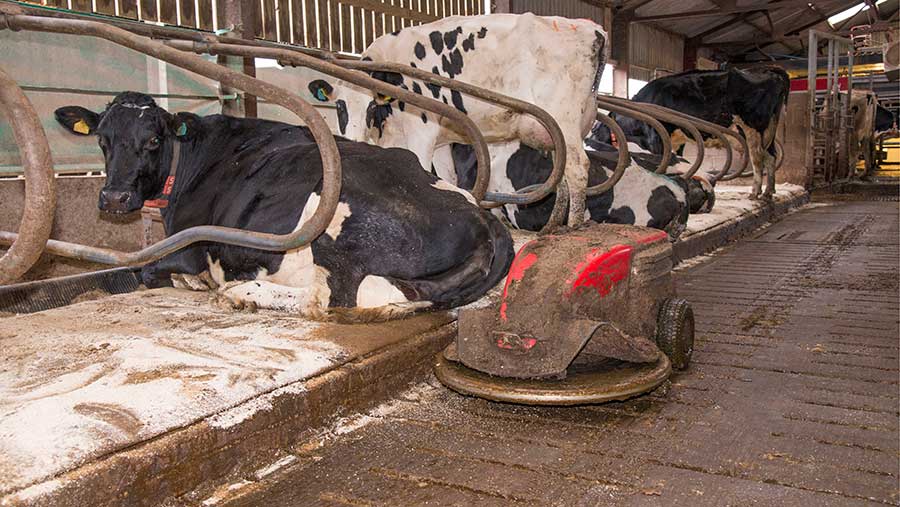
© FLPA / John Eveson/REX/Shutterstock
By altering feeding behaviour, all these factors can reduce feed efficiency and result in listless cows that perform well below potential.
So pay close attention to working routines and look to improve the cows’ environment wherever practically possible.
3. Dry cow management
Dry cow management sets the baseline for lactation performance. Good ration design is essential during the four weeks before calving in particular if cows are to enter the herd able to convert high intakes of feed efficiently into milk, and remain free from metabolic and health problems.
Sub-clinical issues resulting from poor dry cow management may not be visible, but will be restricting intakes and reducing feed efficiency after calving.
High-bulk, controlled-energy rations supplying the right nutrient balance are crucial to correctly condition the cow and rumen for the transition into lactation.
4. Forage production and management
Rations containing poor-quality forage will always reduce feed efficiency. Attention to detail across every aspect of forage production – grazing, ensiling and storage – is therefore essential, with mixed forage rations used most efficiently.
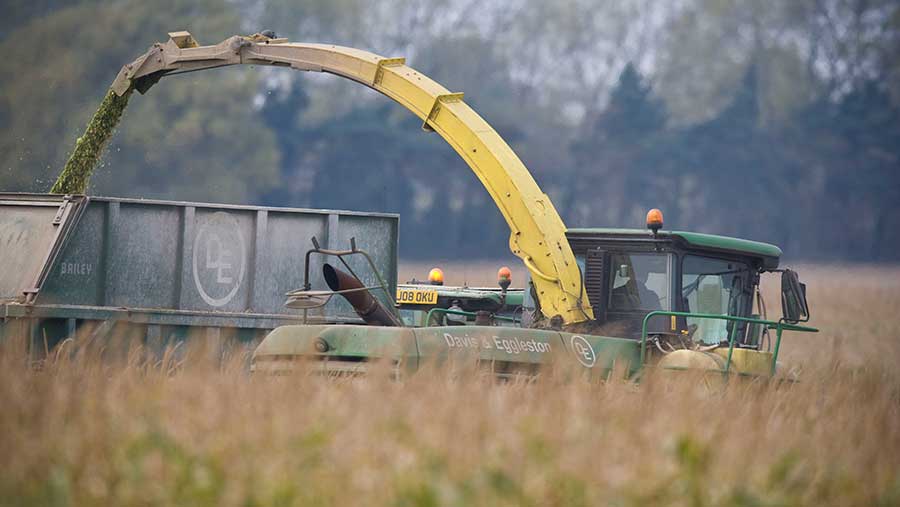
© Tim Scrivener
Keep swards free from weeds, using regular reseeding and careful management of sward height, cutting dates, grazing frequency and stocking density to retain grass quality.
Complement grazing with a correctly designed buffer feed to balance nutrient supply.
5. Ration design
With ration design, correctly balanced nutrient supply is the key to both an efficient rumen fermentation and accurately meeting cow requirements.
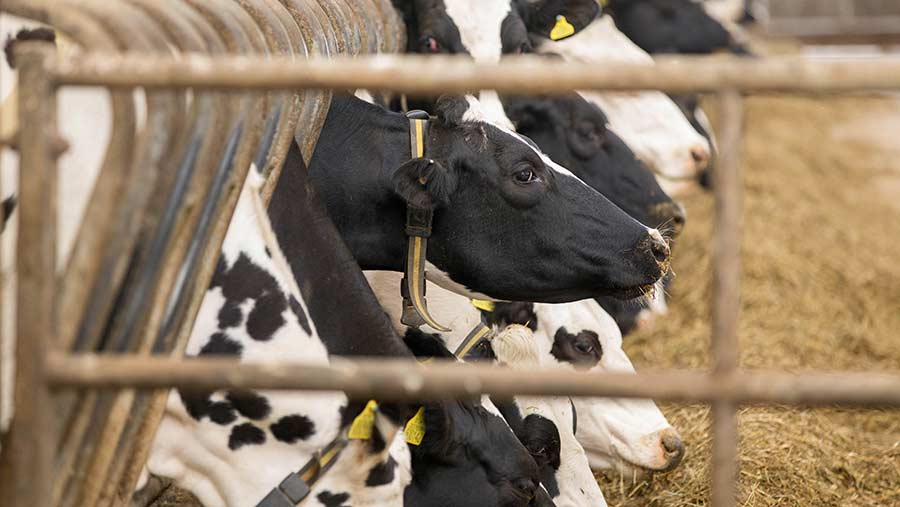
© Tim Scrivener
Key indicators include dry matter, energy density and fibre levels, as well as protein, starch and sugar supply.
Appropriate inclusion of rumen-protected fats, rumen-bypass proteins and a quality vitamin/mineral premix will also aid efficiency, as can higher intakes of either forage or any mixed ration.
6. Water
Often overlooked, water is a crucial nutrient – milk is 87% water and water is critical to efficient rumen function and nutrient use.
High intakes of clean, fresh water are essential – early-lactation cows need 100-140 litres/day in addition to the water consumed in feed – and any restriction will drastically reduce feed intake and feed efficiency, increasing costs by as much as 2-3p/litre.
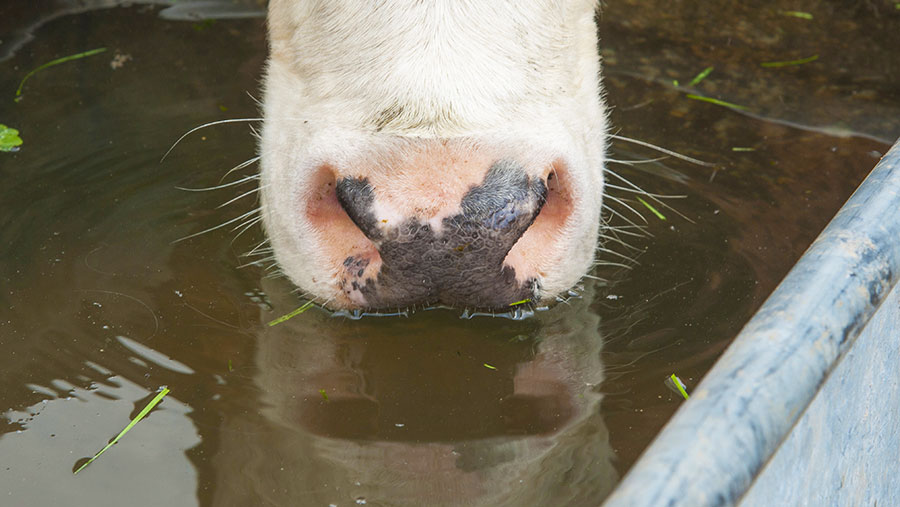
© FLPA/REX/Shutterstock
Cows prefer to alternate eating and drinking, so place troughs close to feeding areas and ensure a minimum of 0.5-0.6sq m for every 20 cows.
Troughs can quickly become contaminated with feed, so consider tipping designs that can be more regularly emptied.
7. Farm infrastructure and layout
Building design and positioning, yards, tracks and gateways can all add to the burden on the cow and negatively affect feed efficiency, whether acting directly (time away from feed) or indirectly (increased stress).
Some changes require longer-term planning, but problems with feed barrier access, lighting or gateways are more easily tackled.
Remember that many small changes can have a cumulative effect – even a 5% improvement in feed efficiency could save 0.6-0.8p/litre, worth £1,200-£1,600/month for a typical 200-cow herd.
8. Heat stress
Whenever temperatures rise to more than 20C with high humidity (in direct sunlight or crowded yards, and not just in summer), cows will look to reduce heat production by cutting intakes (particularly of forage). This disrupts rumen fermentation and reduces feed efficiency.
If cows show signs of increased respiration or panting, increase access to shade, and look to boost ventilation or reduce stocking density if housed or waiting to be milked.
Raise ration energy density to maintain nutrient supply, using rumen-protected fats, digestible fibre (sugar beet feed, soya hulls) or caustic soda-treated wheat to reduce the risk of acidosis.
Rumen modifiers such as live yeasts are also proven to help maintain feed efficiency in hot and humid conditions.
